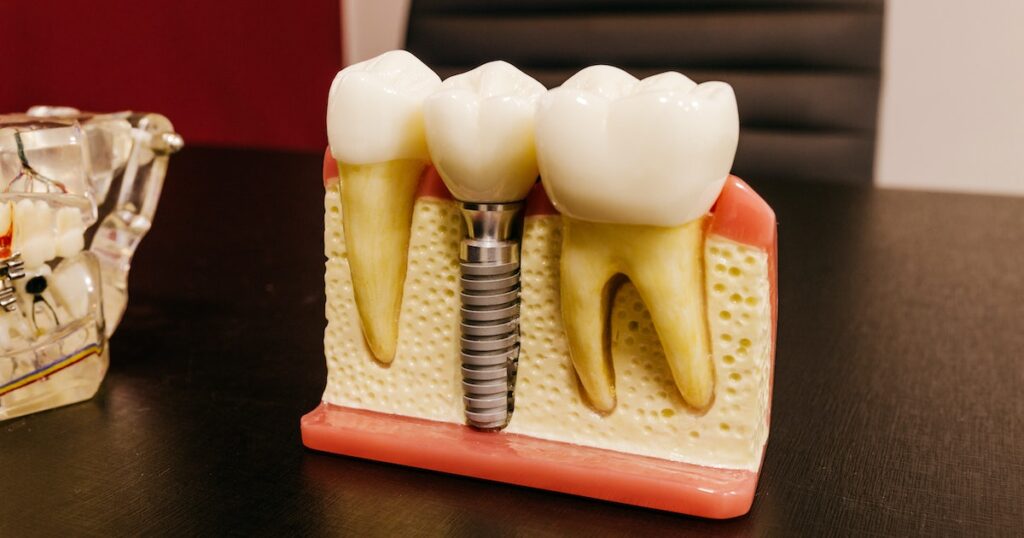Learn About Dental Implant Steps: What to Expect During Your Procedure

3. Bone grafting and dental implant placement
One kind of dental implant is placed into the jawbone, while the other kind is placed under the gums. Let’s talk about whether or not you should have the implant placed in your jaw. No bone grafting or sinus augmentation may be necessary if your natural jawbone is sufficiently thick and dense.
There is a lot of force exerted on your jawbone when you chew, so it’s important that your bone is healthy and dense enough to support an implant. When more bone is required for an implant, it is taken from a different part of the jawbone.
Bone grafts often necessitate waiting until the grafted area has healed before the implant can be placed. After the patient’s bone has healed sufficiently, the implant can be placed. When an implant has been placed in the jaw, new bone will form to accommodate the artificial tooth.
If you take good care of it, your implant will eventually blend in with your gums. How long it takes depends on the individual, but typically it’s between three and nine months.
4. Abutment Placement
Your dentist will attach an abutment to your implant after it has healed sufficiently. Your implant can now be attached to your crown with this. You should tighten the abutment, so it doesn’t fall out of place while you’re eating.
You won’t feel much more than pressure during this process. A local anesthetic will be applied to the affected area. Although the abutment extends beyond the gum line, it is sometimes possible to insert it at the same time as the implant. As it will be obvious when you smile, you’ll need to plan ahead on how to conceal it. The abutment will be protected from tissue and bone overgrowth by a healing cap that the dentist will place.
5. Adding the Permanent Crown
Your dentist will craft your crown or fake tooth once your gums have healed. Choose between temporary and permanent implants. A removable alternative may be preferable if you have many teeth added to the rear of your mouth in the same fashion as removable dentures.
A permanent implant cannot be removed for replacement or cleaning. It is cemented or securely bolted into place in the abutment.

